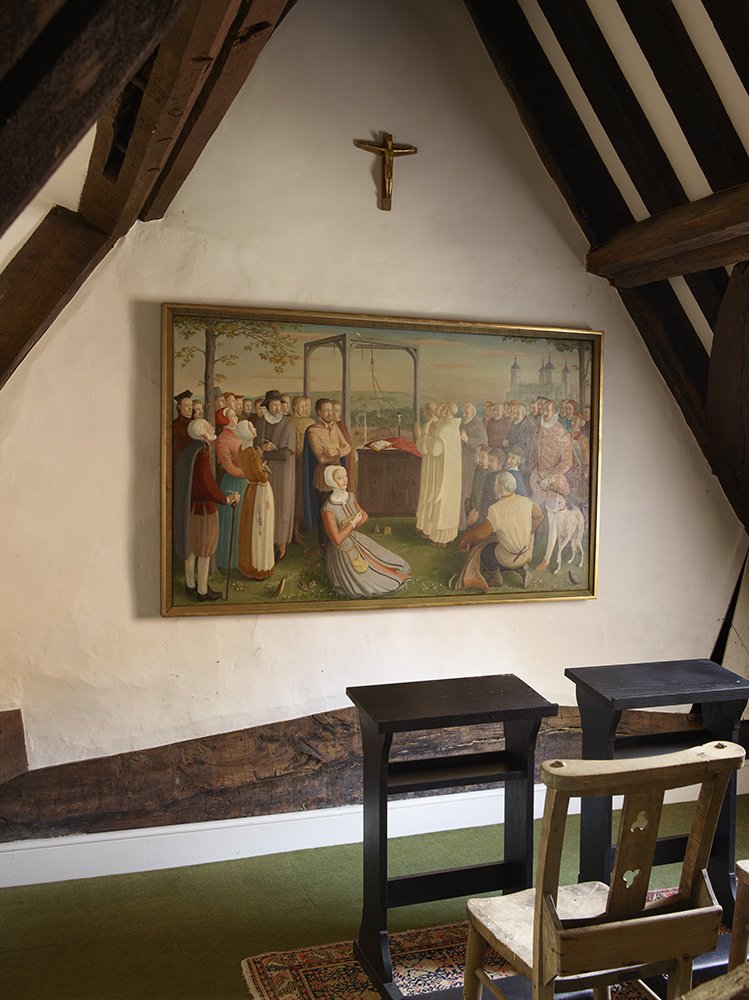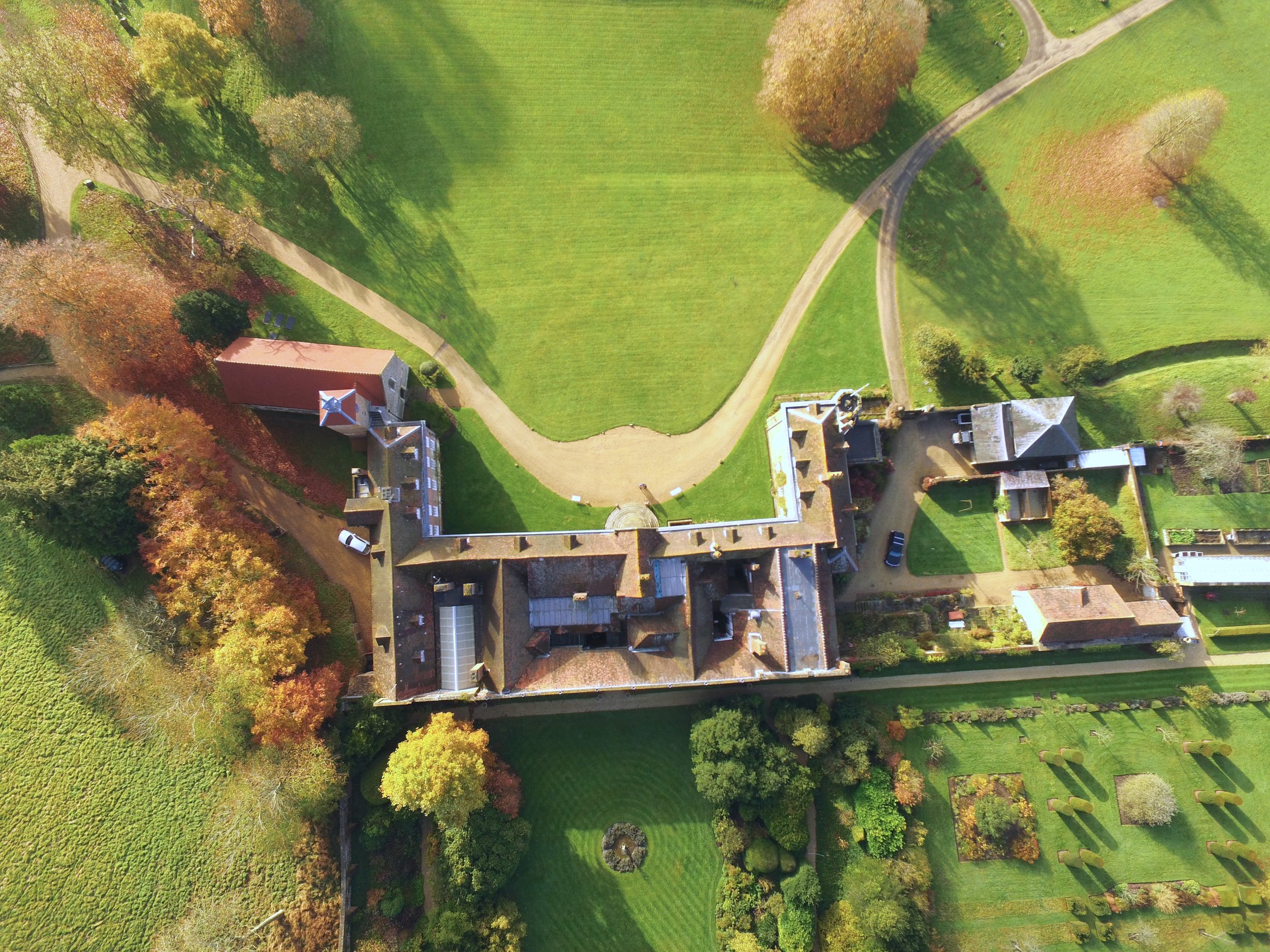Stonor Park: re-roofing a secret chapel
Roof repairs at Stonor Park, Oxfordshire will secure both part of the West Wing and the attic quarters used as a secret base by St Edmund Campion in 1581 for his Catholic mission into Elizabethan England. The work will be supported by the Historic Houses Foundation.
Stonor Park: centre of Catholic resistance
If you want to get the feel for the Reformation in England, there is one place where the sense of fear and desperation felt by ordinary Catholics is still in the air. Stonor Park is one of the great surviving Catholic houses from Elizabeth I’s time. In the attics, is a tiny room which was a hideout for the notorious priest Edmund Campion. Here Edmund Campion printed and distributed pamphlets including Decem Rationes (10 Reasons) setting out why he believed the Catholic form of the faith should be followed. When copies of the book were discovered in Oxford, Campion was tracked down and held in the Tower. Tortured and convicted of high treason, he was hung drawn and quartered at Tyburn.
St Edmund Campion’s Mission
Edmund Campion was first sent into England on a mission by the Pope in June 1580 disguised as a jewel merchant. The dissemination of pamphlets was always a vital way for him to spread his message and he started with a declaration to the Privy Council which was known as Campion’s Bragge. The mission was led by fellow Jesuit Robert Persons who set up the printing press in the secret room at Stonor Park in 1581.
The chapel at Stonor Park is one of only three in the country where catholic masses have been continually celebrated. For 800 years, the family have refused to abjure their catholic faith. Despite being only 40 miles from London, Stonor Park is a hidden house, tucked in a fertile valley and shielded by woods. The house is little changed since the 16th century because the family were severely impoverished by the levying of fines against catholics. In 1577 alone the family paid an equivalent of around £50,000 in fines to the Crown.
Long-lived Heroine
When the clandestine press was established, Stonor Park belonged to the widowed Lady Cecily Stonor who was in her sixties. She had provided a safe haven for priests since at least the 1570s and was defiant in the face of prosecution. Taken into custody after the capture of Edmund Campion, she was lucky to be released into house arrest under the surveillance of her eldest son Francis, “by reason of her age and sycknes.” Despite her heroism, Dame Cecily’s testimony vividly evokes the religious confusion of the central decades of the 16th century:
“I was born in such a time when Holy Mass was in great reverence, and was brought up in the same faith. In King Edward’s time this reverence was neglected and reproved by such as governed. In Queen Mary’s it was restored with much applause, and now in this time it pleaseth the state to question them, as now they do me, who continue in this Catholic profession."
Courageous Dame Cecily refused either to conform or to give up offering shelter to catholic priests. She was eventually imprisoned in 1592 and died in custody shortly after at the age of 72.
Catholic heritage
The roof over Edmund Campion’s hideout at Stonor is in poor repair and the trustees of the Historic Houses Foundation feel that such a significant part of our heritage deserves attention. The catholic history of the English Reformation which Stonor Park so tellingly embodies is an important survival. The attic room and adjoining priest’s hole were the scene of well reported events which illuminate, not just Elizabeth I’s government’s attitude to recusant Catholics, but also the extraordinary bravery and conviction of the English Jesuit movement in England at the time.



